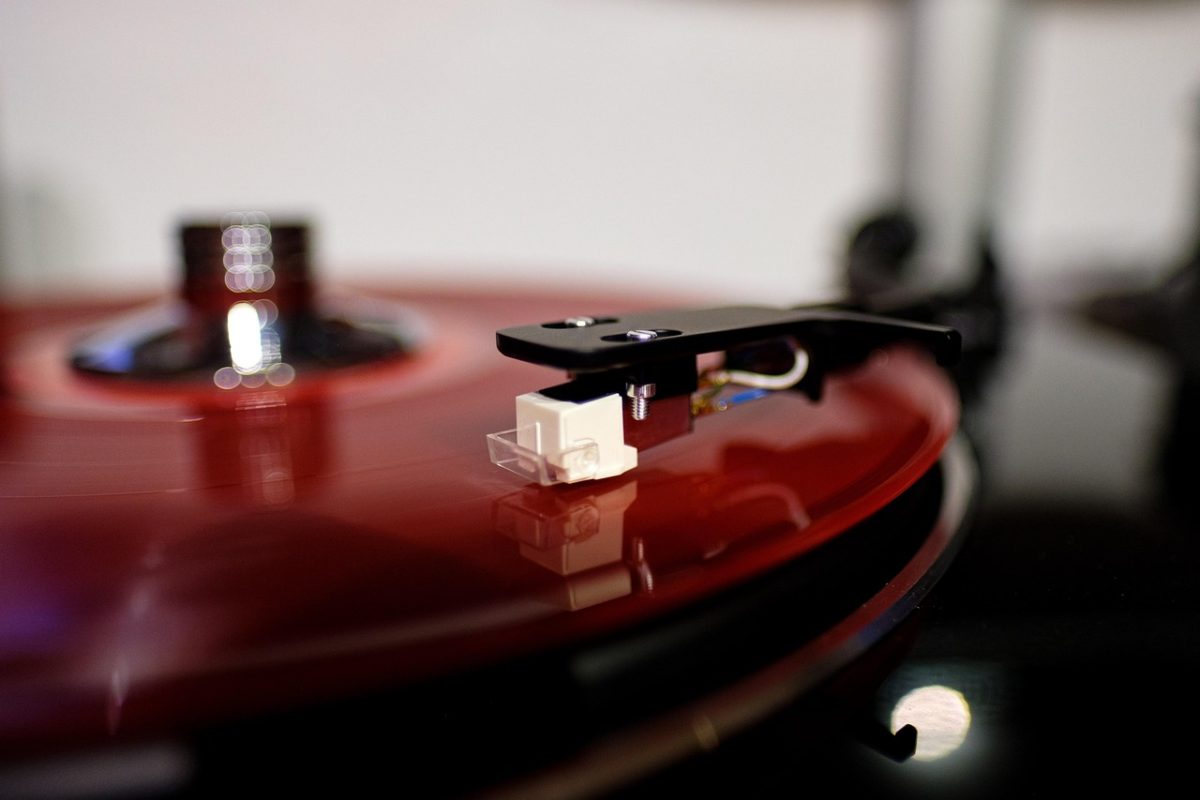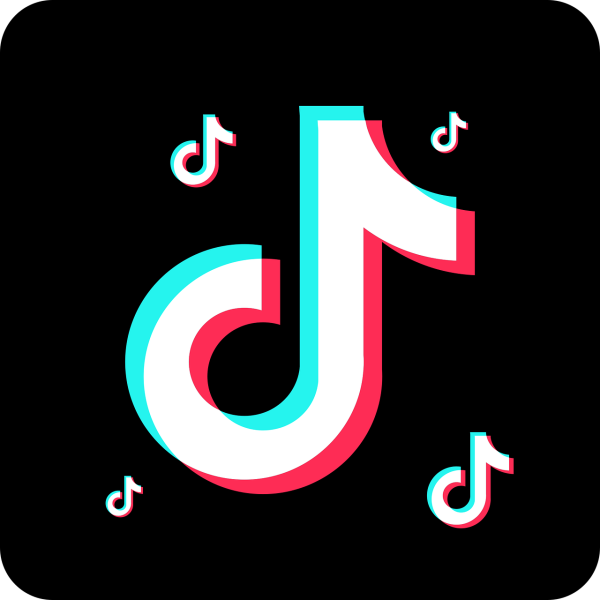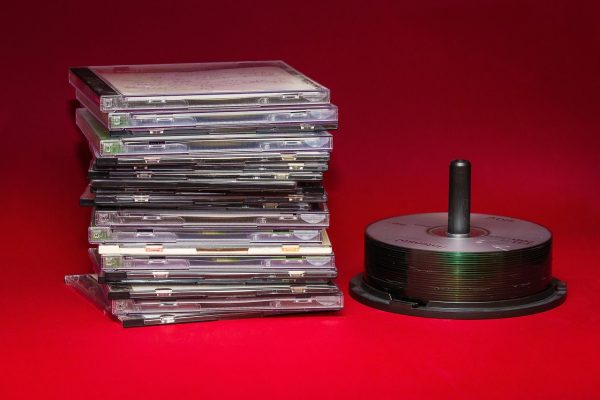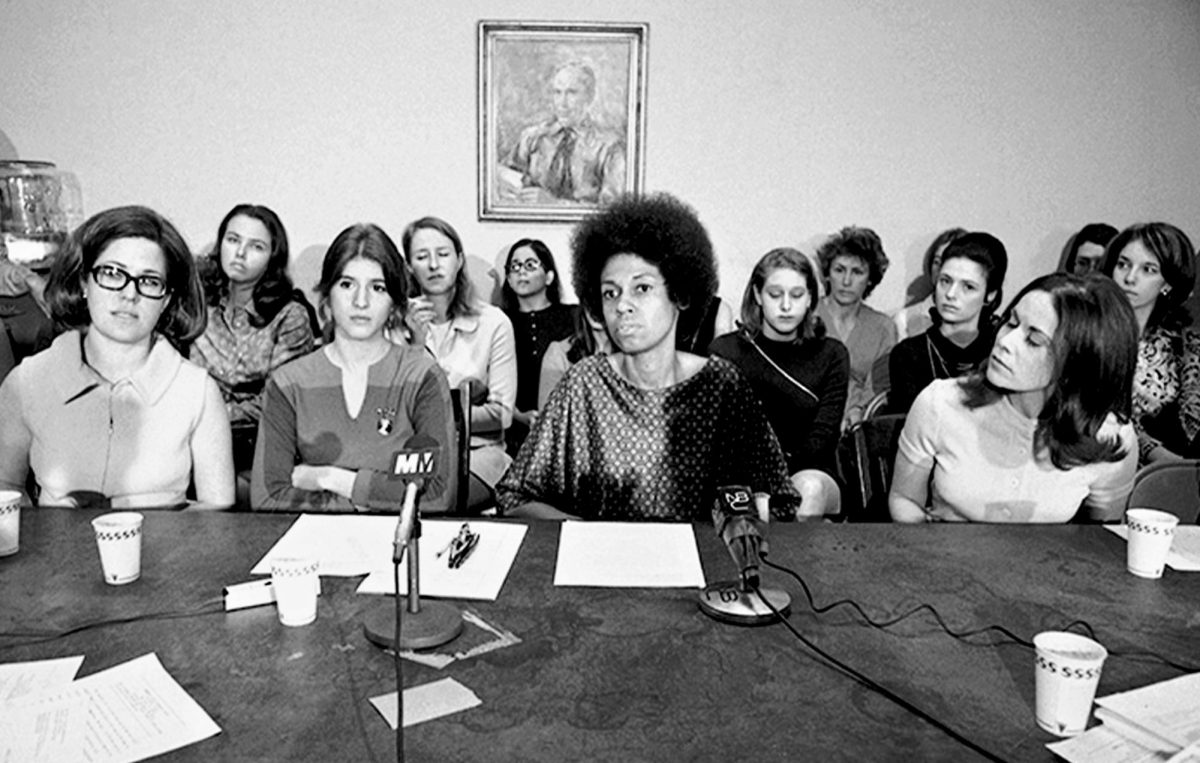A Then and Now Comparison, 1970s to modern era of listening
“TikTok is a social media network revolving around the consumption of a variety of short-form videos (15-30 seconds mostly) in the field of comedy, dancing, education; or other random topics.” -Ivo
What is TikTok?
TikTok originally was named “Douyin” (a short-form video platform owned by ByteDance) in mainland China and Hong Kong. The platform had its first breakthrough in 2018 when it acquired Music.ly, which was a music app to create lip-sync videos.
TikTok’s unique features include the “For You” page, showing you personalized content. This enables small content creators to gain a large number of views. In 2019 TikTok hit its first 1 billion downloads and since then has been unstoppable. With TikTok’s formula of short videos, personalized content and “sounds” it makes it easy for trends to start, fade quickly and then quickly get replaced by a new one. Songs like “Driver’s License” by Olivia Rodrigo and “The Box” by Roddy Rich are just two examples of how big songs can get with TikTok trends.
TikTok has been one of the most downloaded apps worldwide since 2019, according to Backlink. People use TikTok for multiple purposes such as skits, news, and viral dances, but one aspect they all have in common is they have an “audio” attached to them. An “audio” is a sound or song taken from other TikToks that you can attach to your own video. For example, currently the most popular sound, Not Like Us by Kendrick Lamar, has 1.7 million posts.
Pros: The rise of streaming services has made music more accessible
“When I was a kid, many people’s first resource for “music on the go” was a CD Walkman. They had to carry physical CDs and change batteries if needed. If I forgot to bring extra batteries on a road trip, I would be out of luck. There was also the dreaded decision of which CDs I was going to take with me, and which ones I had to part with (I couldn’t bring my whole collection) Fast forward to 2025; anyone can easily pull up Spotify on their smartphone and access an entire library of music. No batteries required.” – Coral Candelario
The internet has been a great tool to share music around the world, with TikTok as a more recent and popular resource. Artists can blow up from a 15-second snippet on a video. Such as Die with a Smile by Bruno Mars and Lady Gaga. There really isn’t a need for word of mouth when it comes to the popularity of the song, since it’s gone viral with the mainstream publicity machine. People will discover a song with TikTok-and that will lead to researching the artist and others like them. Not only did the internet change how people listen to music, but it also provided aspiring musicians with high-quality tools for producing music and inexpensive methods of personal promotion.
Cons: Lack of patience while absorbing content
Streaming isn’t “fast enough”, and we consume music in a “bite sized matter” TikTok has contributed towards lowering attention spans, leading to the viewer being impatient while absorbing content. Platforms like TikTok provide music in this sort of way. This results in the viewer wanting more and expecting instant gratification.
“I remember in 2006 begging my mom to drive me to Target so she could purchase Gwen Stefani’s latest album; The Sweet Escape. Previews or trailers of the songs didn’t exist like you would see today. I had to take a gamble and purchase a physical copy of the album, pop it into a CD player and hope for the best. Of course. We had the option of illegally downloading songs, but that always came with a risk. Even so, obtaining the song was followed with appreciation (even though it may not have been legal) because there was a whole process involved. I still have that Gwen Stefani CD, I’m still a fan of her songs and I have great memories associated with the album.” -Candelario
Music was more anticipated and appreciated at this time. While fans use TikTok to discover and share music interests, artists have struggled to keep up with current trends. In more recent years, artists have become increasingly concerned with how much they’re getting paid for their music while using online streaming platforms.
For example, Spotify only pays artists an estimated 3 cents to 55 cents per stream. The amount varies based on factors like the listener’s country, subscription tier (free or premium), and specific agreements between the artists and labels or distributors. Since April 2024, Spotify has only paid artists once they’ve reached at least 1,000 streams in the last 12 months. In result, they only earn about $3,000 to $5,000 in royalties for one million streams.
How Music Was Discovered and Shared in the 1970s: KISS
In many ways, the 1970s marked the dawn of the modern era in music technology, applying and refining the developments of earlier decades while also laying the foundations of early techniques and styles. Gene Simmons and Paul Stanley are great examples of marketing geniuses. They had to be creative with getting their name out there when first forming KISS in 1973.
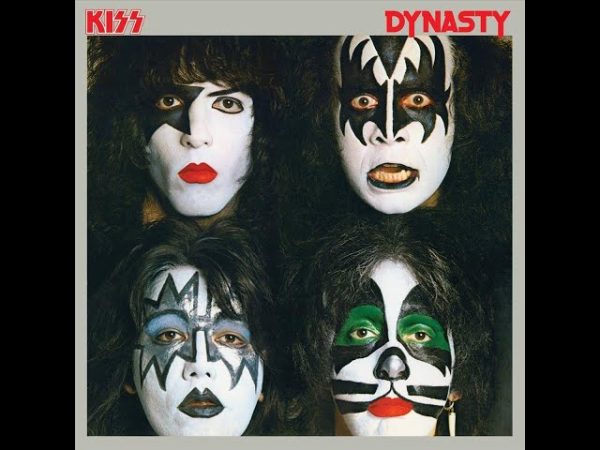
These musicians didn’t have the internet to spread their music to new fans, unlike today where the internet and social platforms are essential for discovering music. In the ‘70s, bands had to rely on music magazines and publications, radio airplay; and word of mouth.
In 1979, KISS released its album called Dynasty, popularly known as their “disco” album. This album was rejected by hardcore fans because of its perceived shift from rock to a more commercialized sound. Fast forward to 2024, and the song I Was Made for Lovin’ You, the opening track on the album, began trending on TikTok. While this isn’t the first track to make an appearance on such a large scale, the song experienced a resurgence in popularity and introduced a new generation to KISS and their music. This is just one example of how TikTok is utilized to discover new music, and the ability to introduce it to a large group of people by just a quick “share” button.
Current Listening
TikTok and online streaming continue to evolve and become a part of everyday life for many people. There have been many pros and cons to the music industry changing due to online streaming. Using the internet for listening and sharing music is not a new concept, and with how many things have progressed since the 1970s, the progression doesn’t show signs of stopping any time soon. In 2025, we have the luxury of appreciating physical media such as CDs and records, while utilizing online streaming platforms as well.

